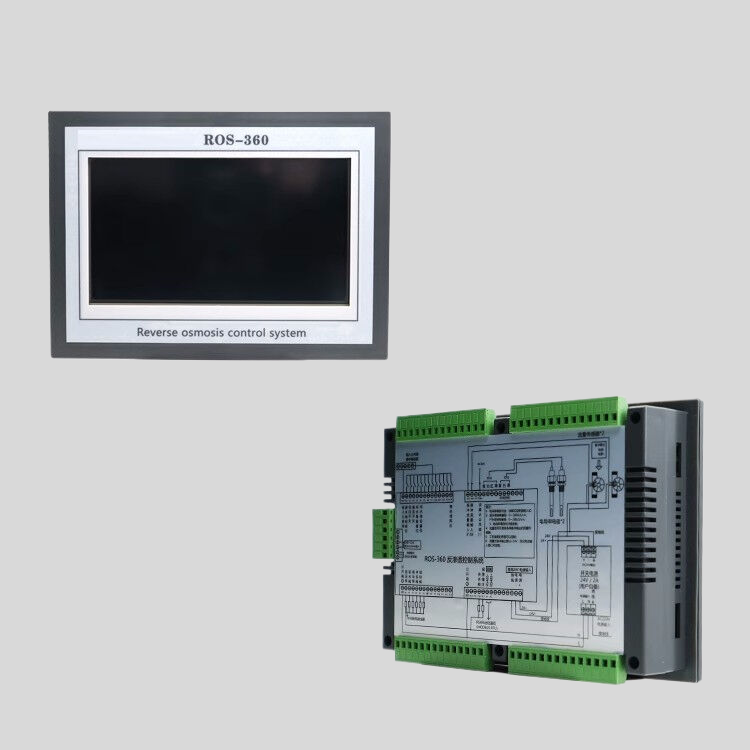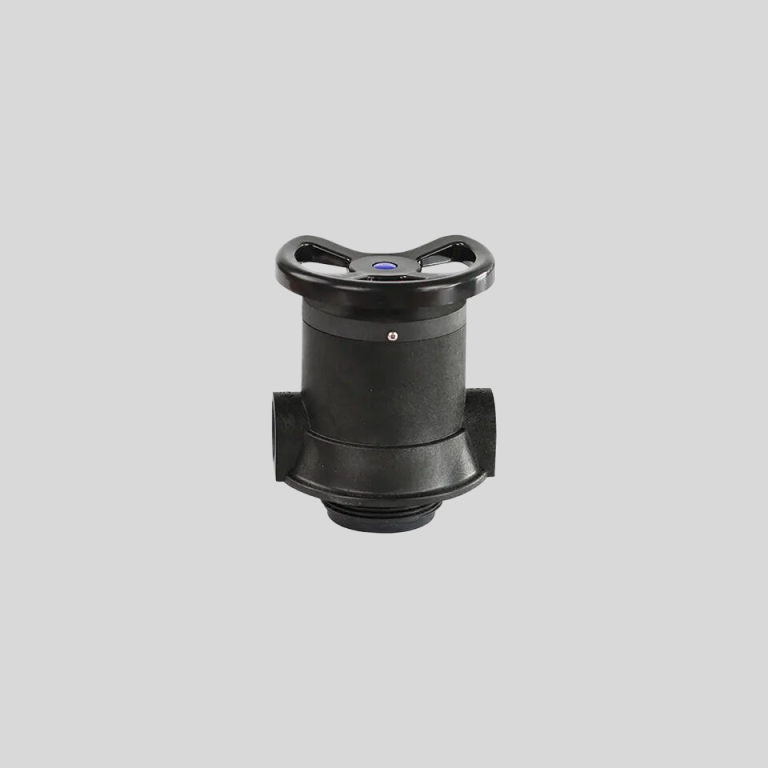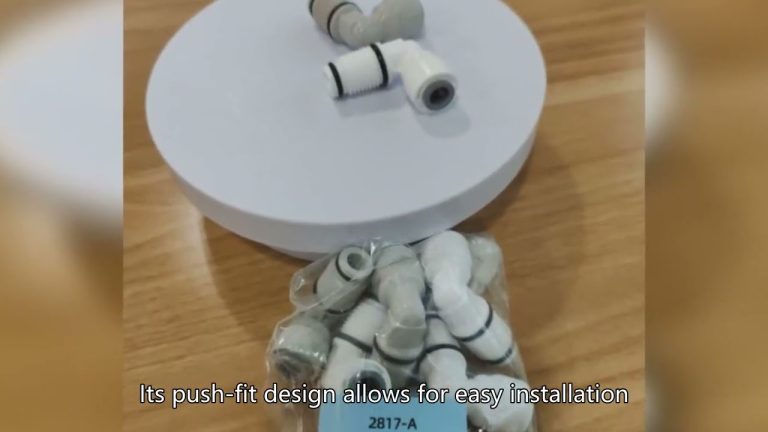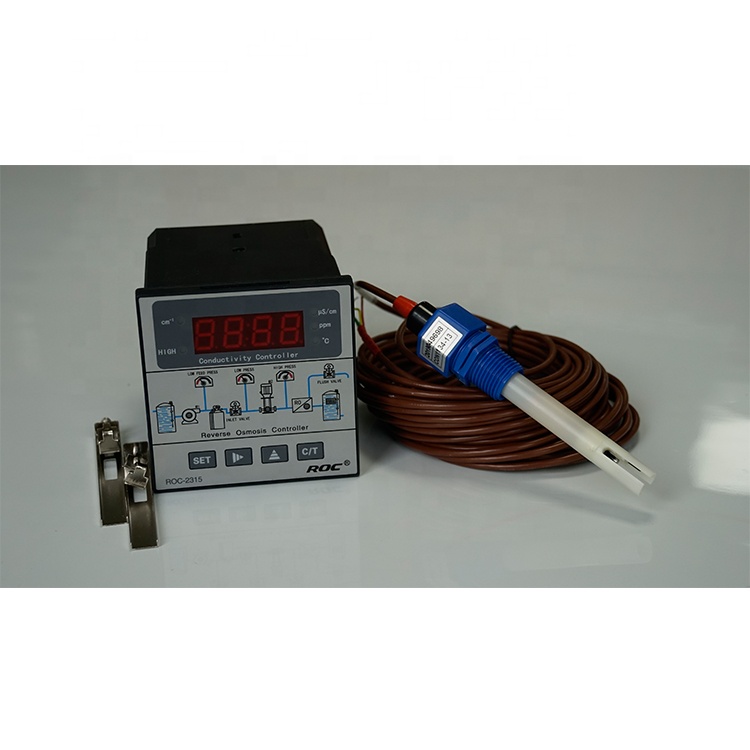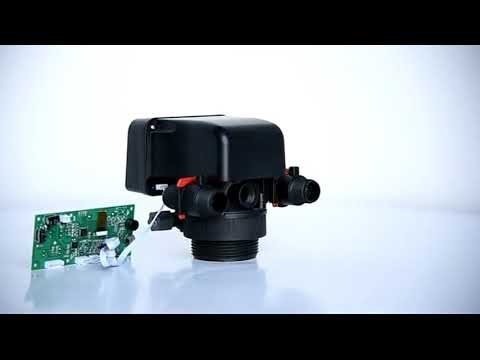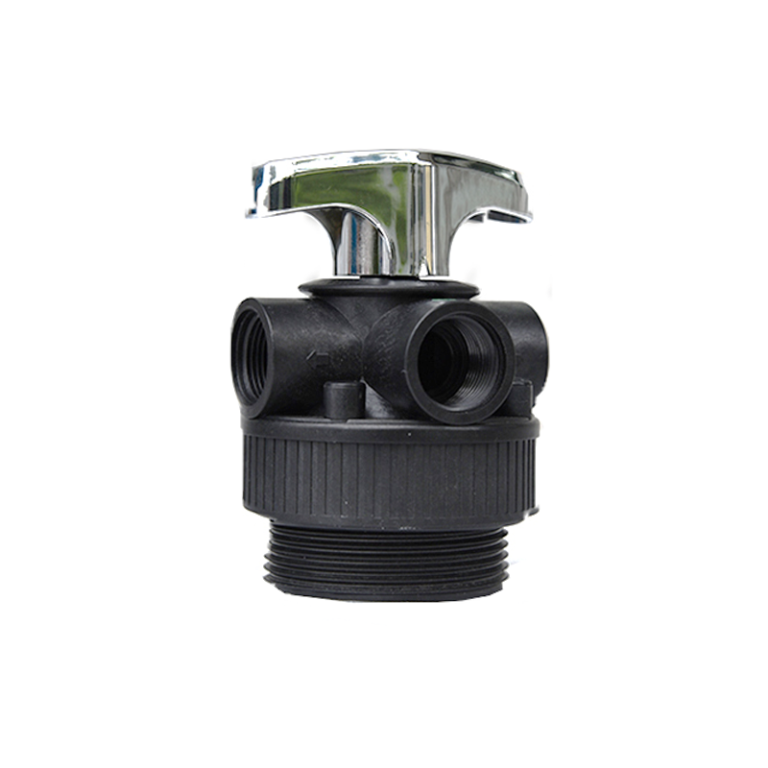Efficiently control your water’s softness with a water softener bypass valve.
Understanding the Function of a water softener bypass valve
Water softeners are essential appliances in many households, as they help remove minerals such as calcium and magnesium from the water supply. These minerals can cause various issues, including scale buildup in pipes and appliances, reduced soap lathering, and even skin irritation. To ensure the longevity and efficiency of a water softener, it is crucial to understand the function of its bypass valve.
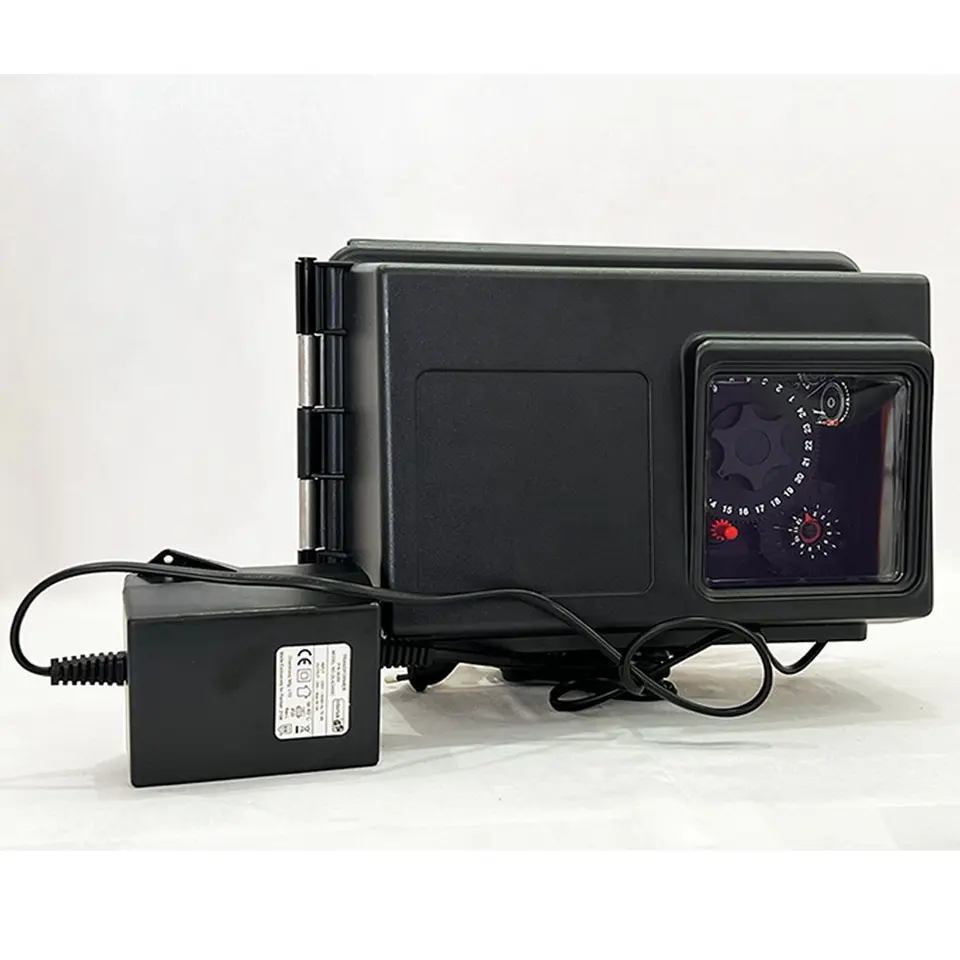
The bypass valve is a key component of a water softener system that allows water to bypass the softening process when necessary. It provides a convenient way to isolate the water softener from the plumbing system, allowing for maintenance, repairs, or even when you want to use unsoftened water for specific purposes.
So, how does a water softener bypass valve work? When the bypass valve is in the “service” position, water flows through the water softener, where it undergoes the ion exchange process to remove the minerals. This treated water then continues its journey through the plumbing system, providing softened water to the entire house.
However, there are times when you may not want to use softened water. For instance, if you are watering your garden or filling a swimming pool, using softened water may not be necessary. In such cases, you can switch the bypass valve to the “bypass” position. This diverts the water flow away from the water softener, allowing unsoftened water to flow directly into your desired outlet.
The bypass valve typically consists of a valve body with three ports: the inlet, outlet, and bypass. In the service position, the inlet and outlet ports are connected, allowing water to flow through the water softener. When the valve is turned to the bypass position, the inlet and bypass ports are connected, effectively bypassing the water softener.
To operate the bypass valve, you usually need to turn a handle or lever. Some models may have a single lever that you rotate, while others may have separate handles for each position. Regardless of the design, it is important to follow the manufacturer’s instructions to ensure proper operation and avoid any damage to the valve or the water softener system.
It is worth noting that the bypass valve is not only useful for diverting water flow but also for troubleshooting and maintenance purposes. For example, if you suspect a problem with your water softener, you can switch the valve to the bypass position to determine if the issue lies with the softener or elsewhere in the plumbing system. This can save you time and effort in diagnosing and resolving the problem.
| Model | Central tube | Drain | Brine tank connector | Base | Power supply parameters | Maximum power | Pressure parameters | Operating temperature |
| 9500 | 1.9″(1.5″) O.D. | 1″NPTF | 3/8″& 1/2″ | 4″-8UN | 24v,110v,220v-50Hz,60Hz | 8.9W | 2.1MPa | 1℃-43℃ |
| 0.14-0.84MPa |
In conclusion, the bypass valve is a critical component of a water softener system. It allows you to divert water flow away from the softener when softened water is not needed, such as for outdoor use or during maintenance. Understanding how the bypass valve works and how to operate it correctly ensures the efficient and effective functioning of your water softener. So, next time you need to bypass your water softener, you can do so with confidence, knowing that you are taking the necessary steps to maintain your system and provide the right water for your specific needs.

